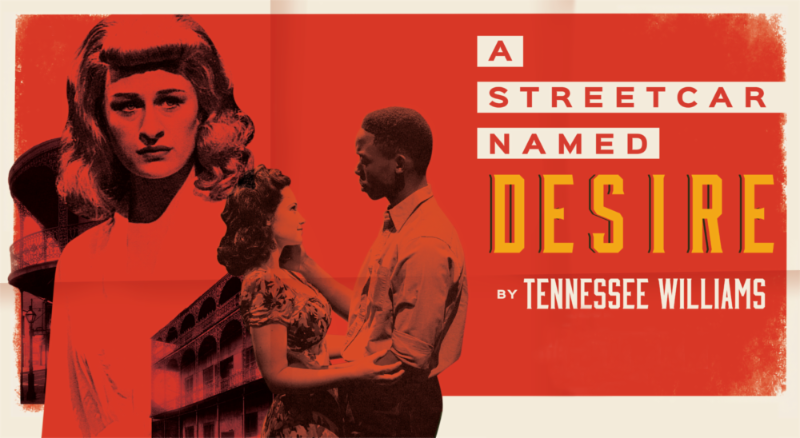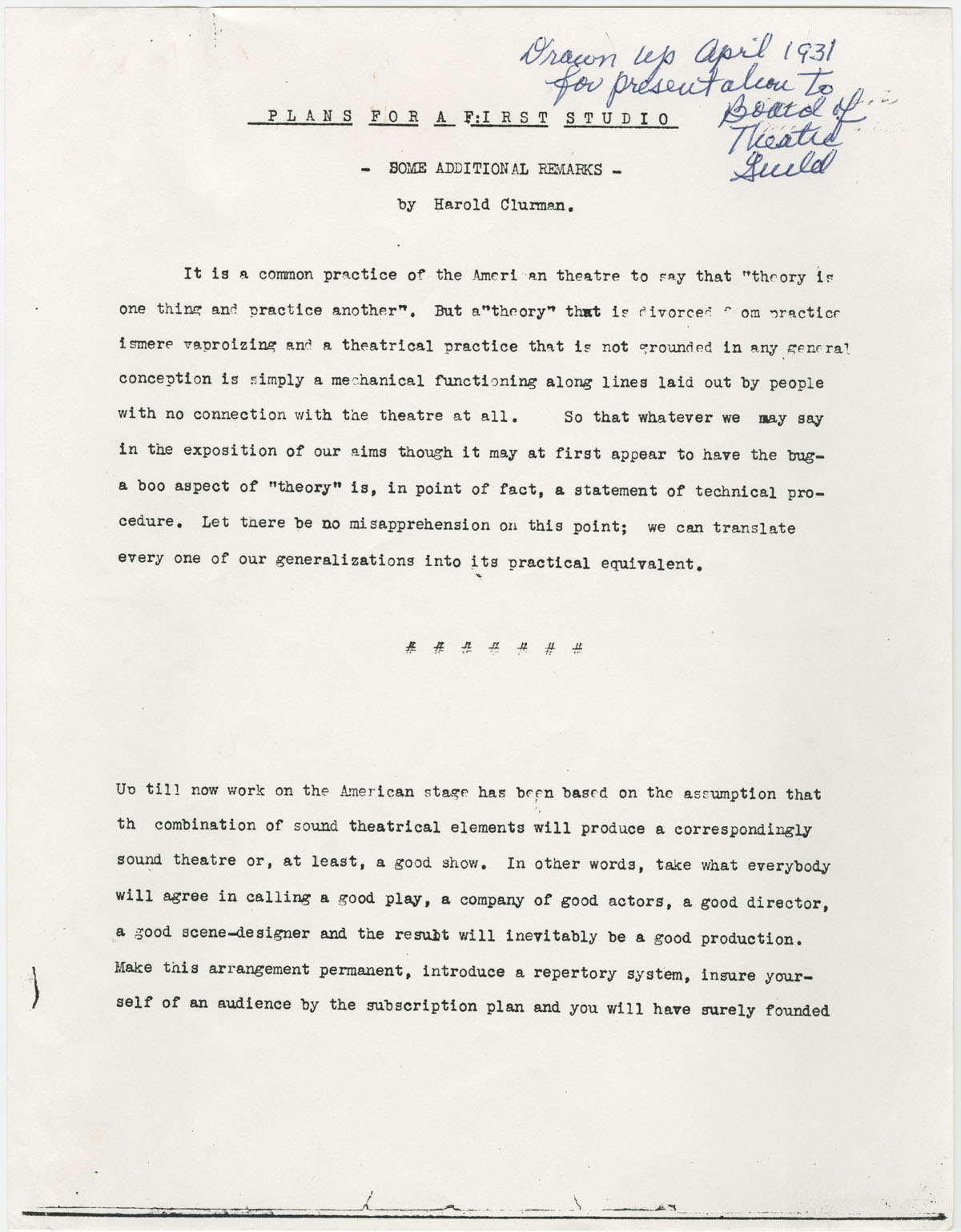A production of Tennessee Williams’s iconic play A Streetcar Named Desire opened on campus last week, and director Jess Hutchinson delved into the Tennessee Williams collection at the Ransom Center to guide some of her work on the play.
Set in New Orleans, William’s Pulitzer Prize–winning classic centers around fading Southern belle Blanche DuBois as she seeks refuge in her sister’s home, only to clash with her brother-in-law, Stanley Kowalski.
Hutchinson, a third-year MFA Directing candidate at The University of Texas at Austin, was especially interested in digging deeper into the ending of the play, and in the Williams collection, she found multiple drafts of endings that were quite different from the published version.
“Williams tried on different ways to end Blanche’s story and handle her departure,” said Hutchinson, noting one discarded draft included Blanche being forced into a straightjacket. “And he chose this very specific, relatively controlled exit. That tells me a lot about what that moment is for her, how to stage it, how to think about where she is mentally and emotionally at the end of the play.”
Hutchinson worked with a group of undergraduate actors in the production, and exploring the drafts and ideas that Williams discarded helped guide how she and the actors approached the ending of the play.
“It focuses our range of choices in rehearsal,” said Hutchinson. “I feel that it would be disingenuous to the play for Blanche to be completely out of control at the end. She isn’t taken away in a straightjacket. In other drafts, she is. So that tells me Blanche still has some lucidity, that she retains the ability to make choices in that moment. The actress and I have looked for Blanche’s power in that scene, her control. Where can we see her consciously make decisions, and how do they fuel her departure with the doctor and matron? The actors and I have come to see that as a moment of recognition. Something in this doctor—this stranger—reaches a place in her that is whole and hasn’t been broken by this experience. And really, we got to complicate what some might write off as a moment of clear ‘insanity’ because I was able to see to see the other drafts that Williams tried first.”
As Hutchinson sifted through various early drafts of the play in the Williams collection, she was struck by how “not good” many of them were and how it was a great reminder that the creative process includes false starts and dead ends even for the most talented writers and artists.
“Something about seeing documents in a famous, iconic writer’s handwriting revealed that this person who wrote this thing that I love was closer to me than I might have thought,” she said. “He was a human and an artist and was trying to make something that spoke to the core experience of what it is to be a person—what it means to interact with other people in the world and have your heart broken and have moments of incredible joy. Just the humanity that’s present in these archival materials and what we can see in these drafts and false starts and moments of inspired genius made it possible, at least for me, to be bolder in my own work in the rehearsal room.”
A Streetcar Named Desire runs through October 19 at the Oscar G. Brockett Theatre at The University of Texas at Austin.

